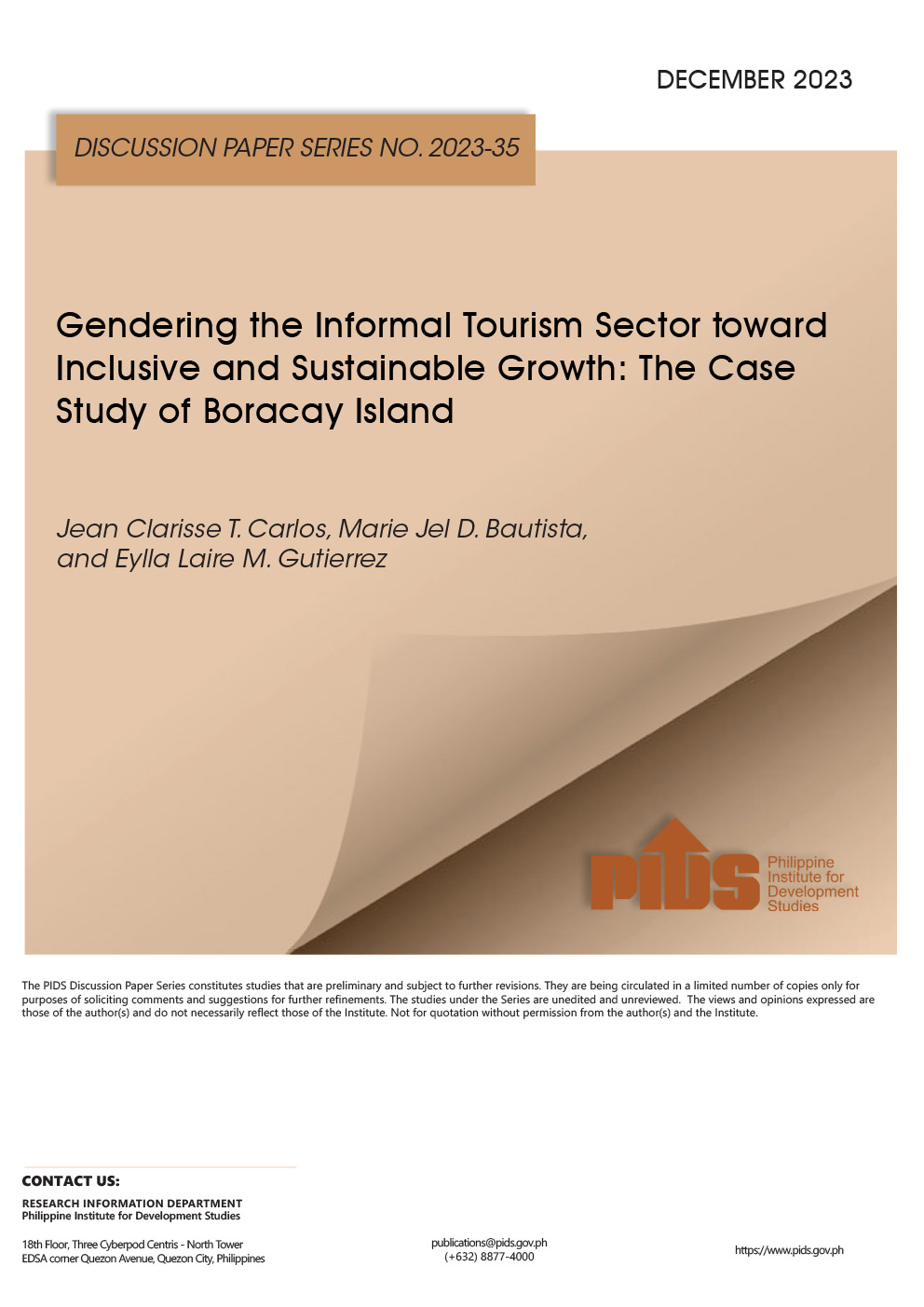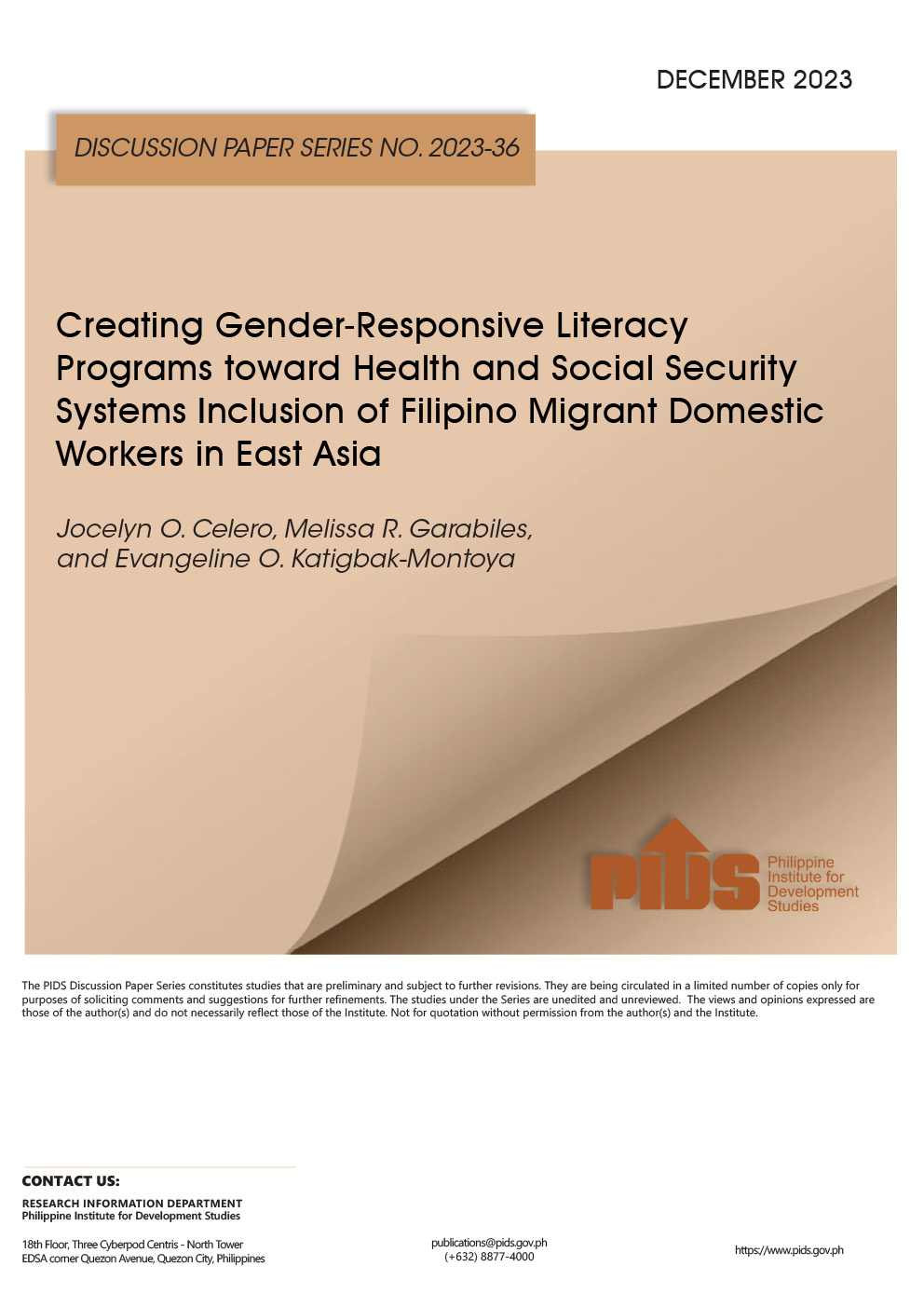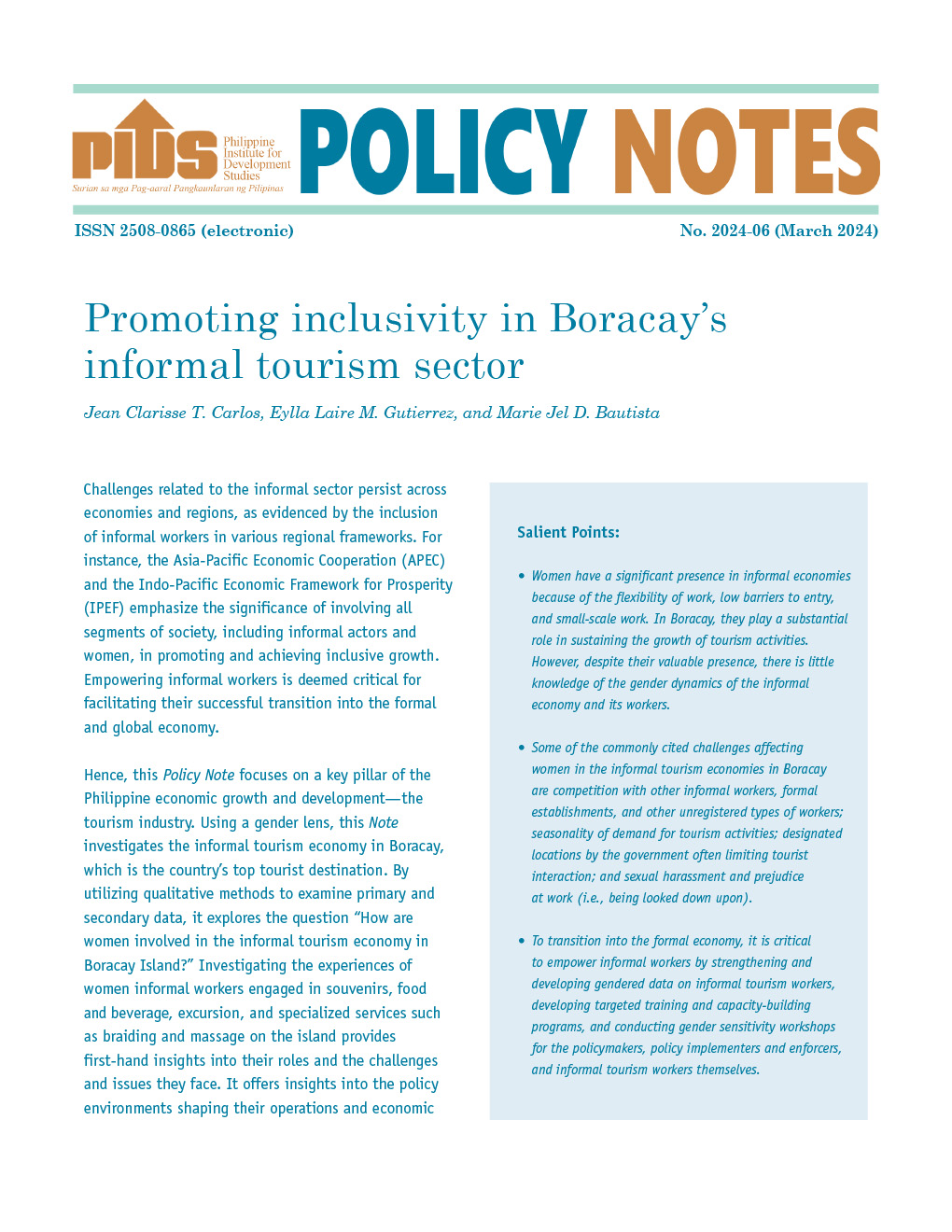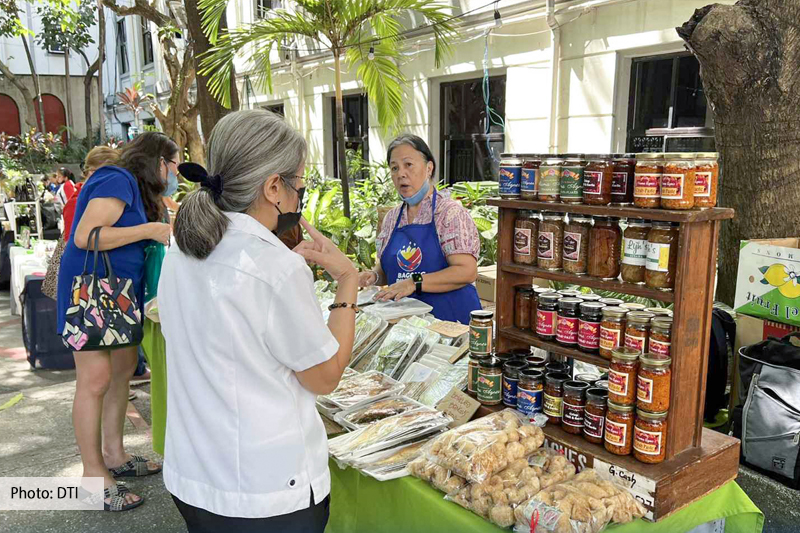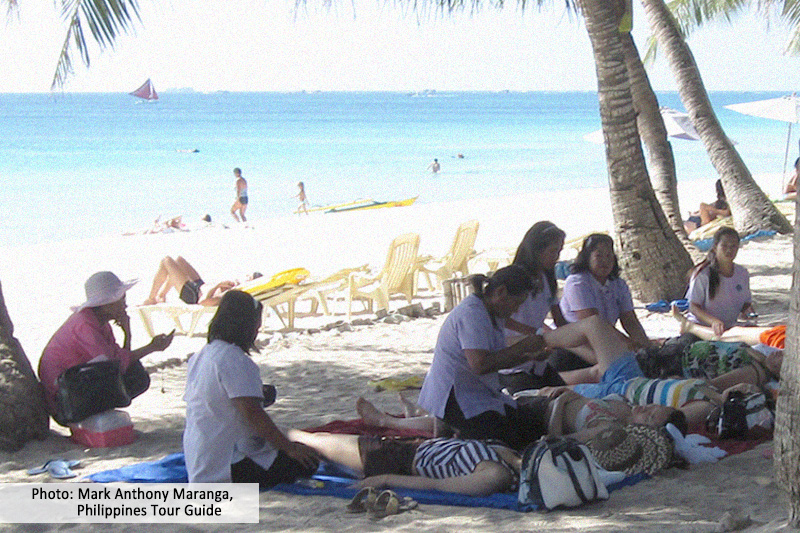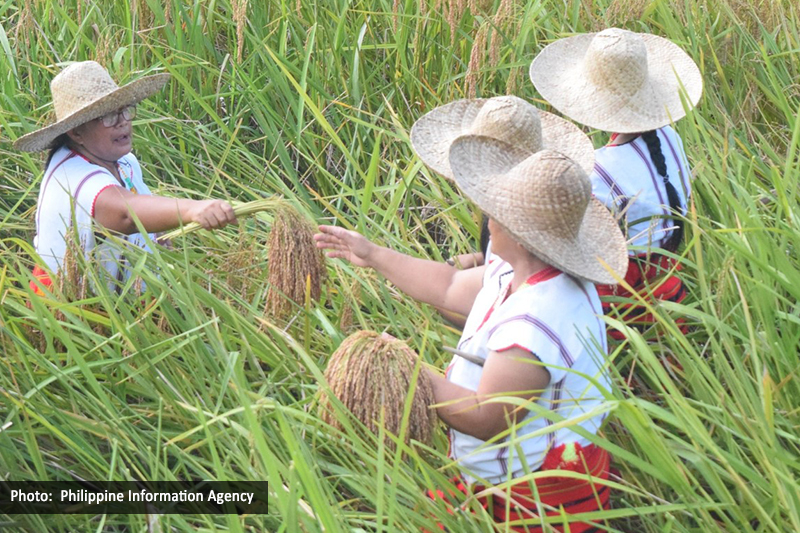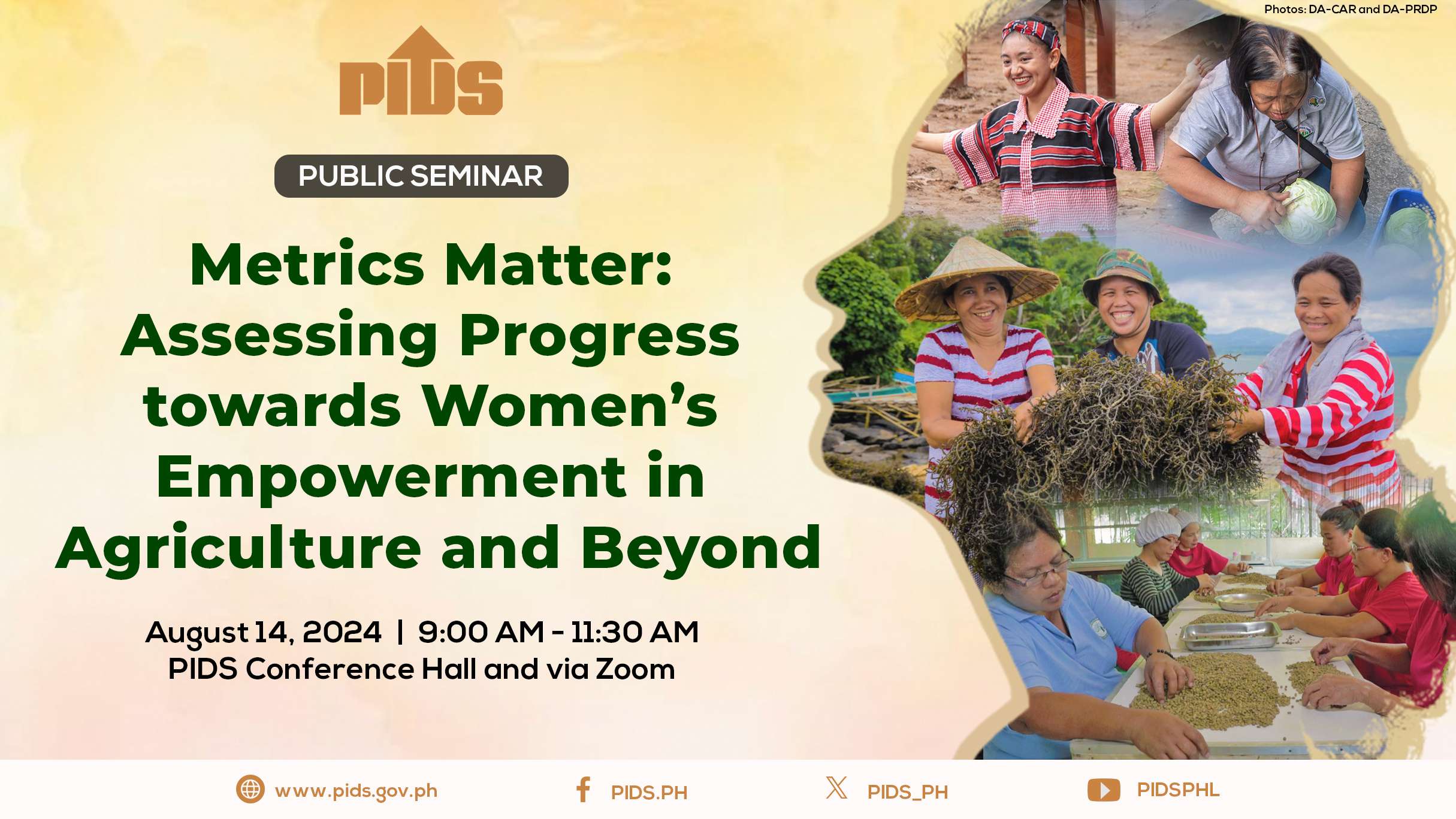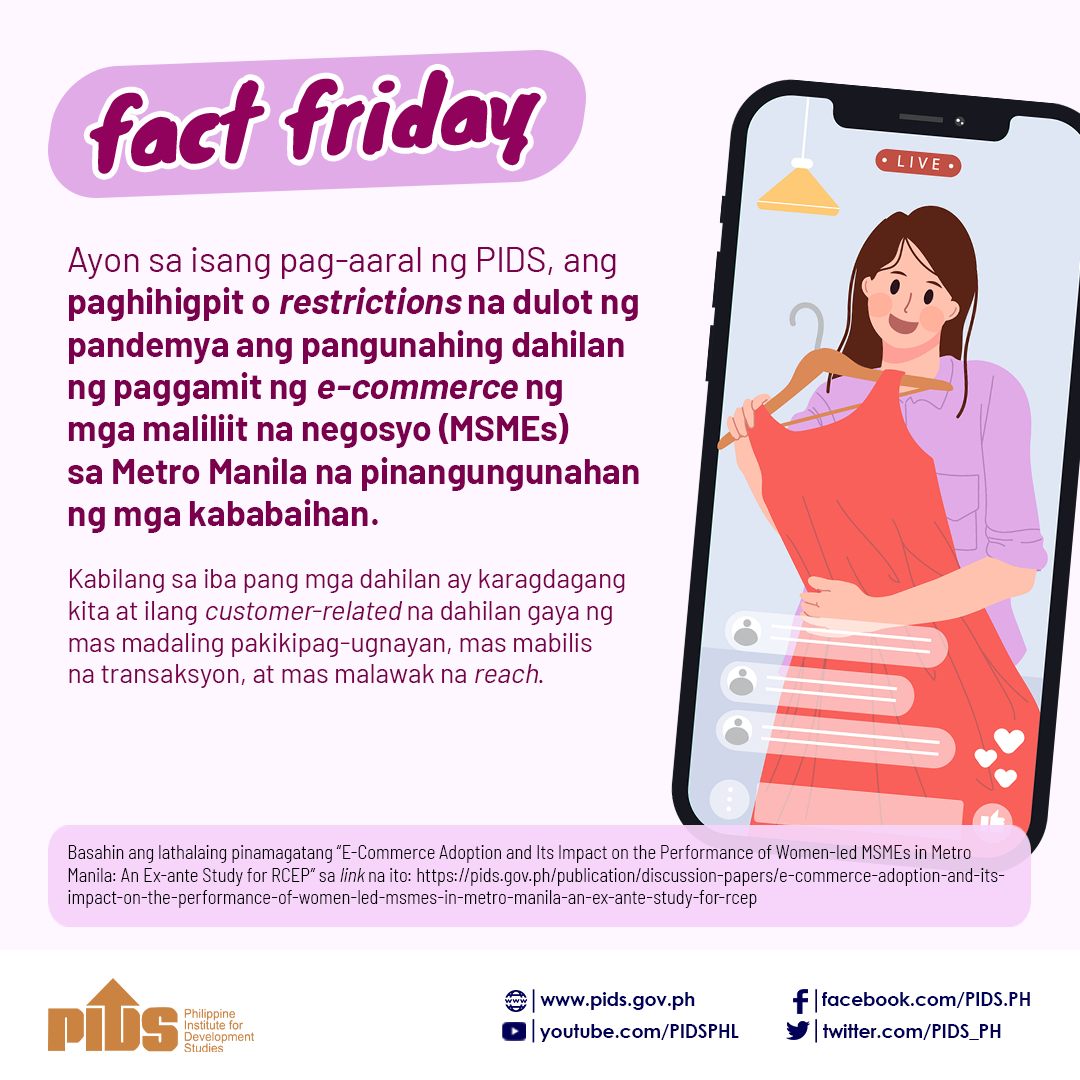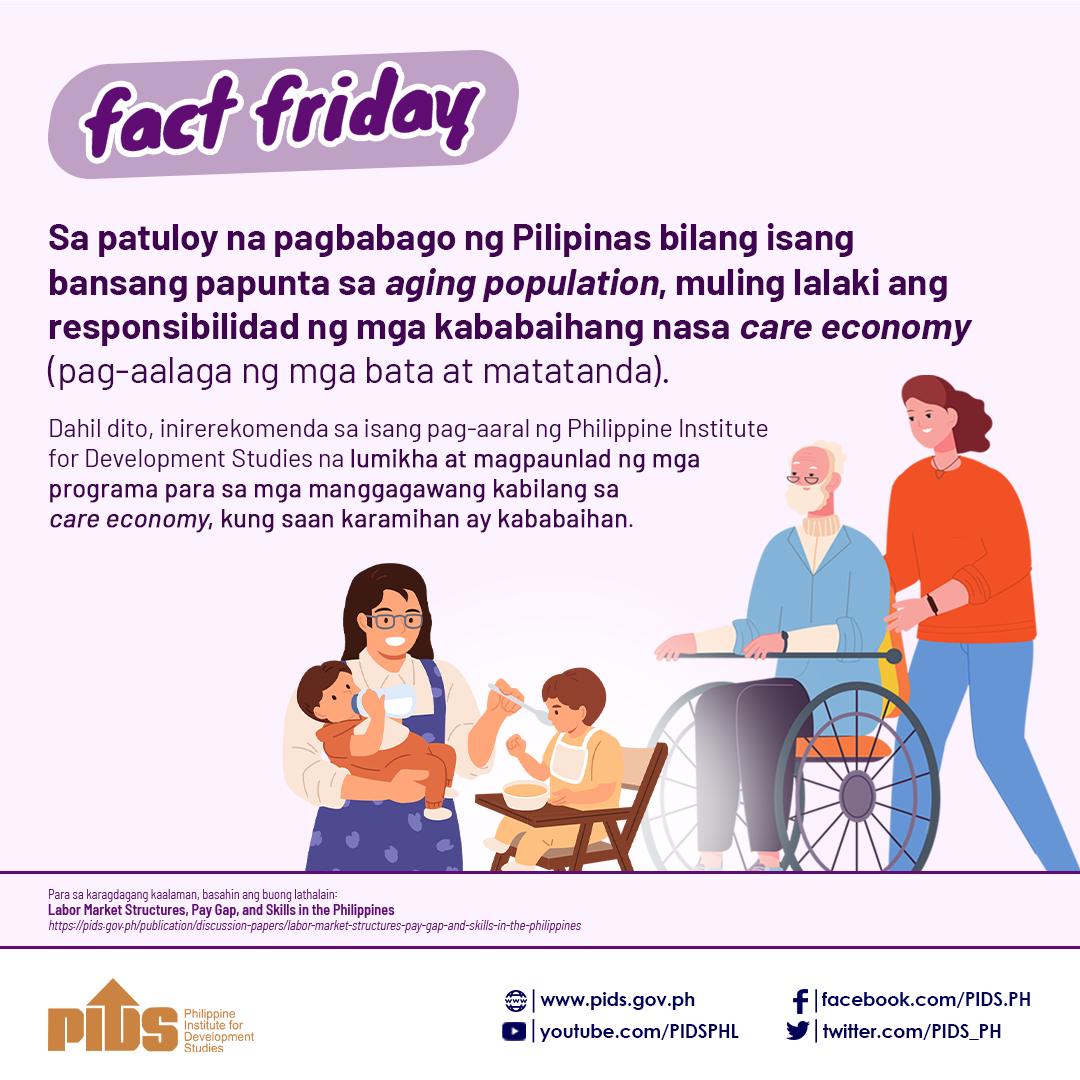WHILE credit scores help banks and other lending institutions manage risks as they extend loans to those who need it, the existing system leaves many women unable to access financing, according to experts.
In an Asian Development Blog, credit scoring expert Dean Caire and ADB Private Sector Operations Department Principal Investment Specialist Sabine Spohn said credit scores must be revised to help women entrepreneurs.
The lack of access to credit, Caire and Spohn said, has left a $1.7-trillion finance gap among women who own micro, small and medium-sized enterprises in emerging economies.
“A great credit score is crucial to secure loans. But traditional credit scoring models put many women at a disadvantage. It’s time for a new model,” the authors said.
Caire and Spohn said credit scores are based on historic data that often favors borrowers who have land since these are often used as collateral for loans.
However, they said, in many parts of the world, including Asia and the Pacific, women encounter limitations in owning land or having property titles in their name.
Caire and Spohn said this creates a “Catch 22” situation where women who do not have collateral cannot build a credit history, thus earning for them low credit scores.
“To overcome this challenge, it is imperative to identify new and ‘alternative’ models that use sources of data that give insight into the financial lives and capacity of the unbanked so that financial institutions can offer them access to appropriately designed credit products, without the need for credit history and collateral,” Caire and Spohn said.
They recommended that lenders turn to “new data streams” that can be used as a proxy for payment and credit history for women. This will make these lending models data-driven, rules-based and risk appropriate.
These data streams include cash flows passing through a mobile wallet; purchase of agricultural inputs as a share of the income from the harvested crops, or purchasing behavior on e-commerce platforms like Alibaba, PayPal, and Amazon.
Caire and Spohn also said lenders must consider the acceptance of some risk taking since this will require them to move away from traditional lending requirements.
The experts added that extending loans to women must be done through products that do not require land as collateral. Lenders must use alternative data as a proxy for repayment capacities.
“Building accessible, transparent, and affordable data sets with borrower consent is key to understanding and offering credit to the unbanked population,” Caire and Spohn said.
“Building trust among women borrowers in new digital products and in the financial service provider itself will be necessary. Until women trust and use new digital products, the gender gap in access to finance will persist and banks will find it hard to make the business case for financing women,” they also said.
In 2018, Philippine Institute for Development Studies (PIDS) Senior Research Fellow Roehlano M. Briones said women in agriculture and rural areas face higher barriers in gaining access to productive resources and opportunities compared to men, namely for land, livestock, labor, education, extension, finance, and technology.
Closing the gender gap in agriculture could potentially raise yields on their farms by 20 to 30 percent, thereby raising agricultural output of developing countries by up to 4 percent, and the number of hungry people in the world by up to 17 percent.
A 2013 study by ADB and the Food and Agriculture Organization of the United Nations (FAO) showed women in the Philippines who own land only account for a little over 10 percent of all landowners in the country. This means that if the country has a total population of approximately 92 million, based on the 2010 census of population, there are a little over 9.2 million women landowners in the country.
The Philippines was second only to Malaysia where women landowners comprise about 12 to 13 percent of the total number of landowners. In other Asean countries like Indonesia and Vietnam, women comprise less than 10 percent of the total number of landowners.
The report said more than 15 percent but less than 20 percent of all landowners in countries like Tanzania, United Kingdom, and Argentina were women. Those countries with women landowners comprising above 20 percent but less than 30 percent were France, Spain, Chile an Ecuador.
Botswana was the only country cited by the ADB with women landowners comprising more than 30 percent of the population who owned land.

